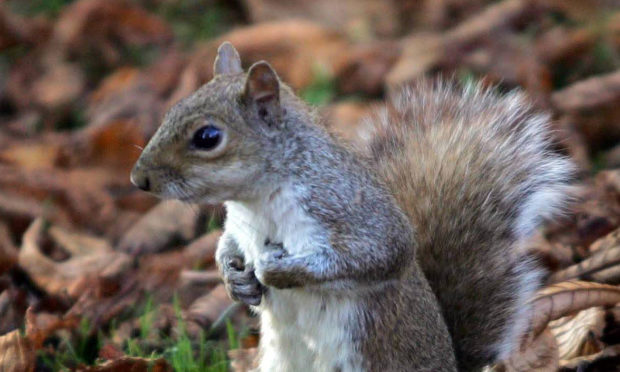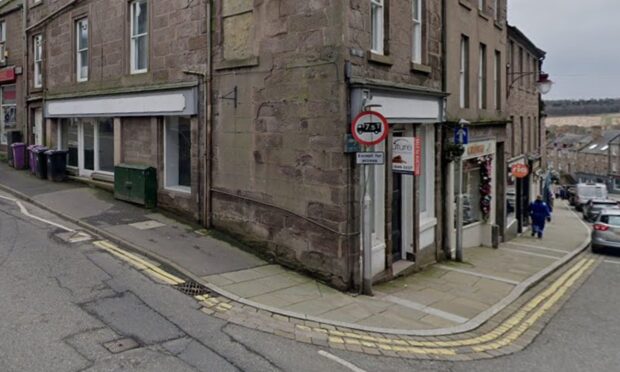Smart squirrels have finally proven truth is stranger than April Fool fiction for tourism bosses at Angus’s most popular attraction.
Exeter University researchers have discovered the animals are less successful in learning new skills if they favour their left or right side – years after Glamis Castle tricked international visitors with a tale about the ambidextrous antics of their resident rodents.
In a bit of early season tomfoolery, the castle suggested the landmark’s red squirrel population had developed the talent of being ambidextrous in their climbing and feeding through factors including the regal environment of their residence in the grounds of the late Queen Mother’s childhood home.
The leg-pull completely took in visitors who were arriving from across the globe for the start of the Glamis tourist season.
However, Exeter experts have now found squirrels which don’t use both paws could be at a disadvantage in life – and left lagging behind the quest for nuts.
They presented more than 30 wild grey squirrels with a transparent tube containing peanuts, but heightened the challenge by making the tube so narrow it prevented the animals from collecting food with their mouths.
Dr Lisa Leaver of the university said they had wanted to study the importance of lateralisation, the trait of favouring one side which is common in humans.
“In fish and birds, there is evidence that being strongly lateralised is linked to better cognitive performance (brain function)," said Dr Leaver, the director of the university’s animal behaviour course.
“However, limited data from studies of mammals suggest a weak or even negative relationship.
“Our study measured speed of learning among grey squirrels and, in line with these previous mammal studies, suggests that strong lateralisation is linked to poor cognitive performance."
They now plan to carry out further research on the left/right paw preference in wild greys to delve deeper into how it affects the animals’ ability to thrive and survive.
The Glamis squirrels at the time briefly stole the limelight from another castle creature, an angry pheasant named Bob.
He lived under a tree at the entrance to the East of Strathmore’s family home and had a particular aversion to red cars, meaning visitors driving to the visitor kiosk in one got a less than warm Angus welcome.
Bob the Unpleasant Pheasant's infamy peaked when a special beer was created in his name and it flew off the shelves of the visitor shop at the castle.










